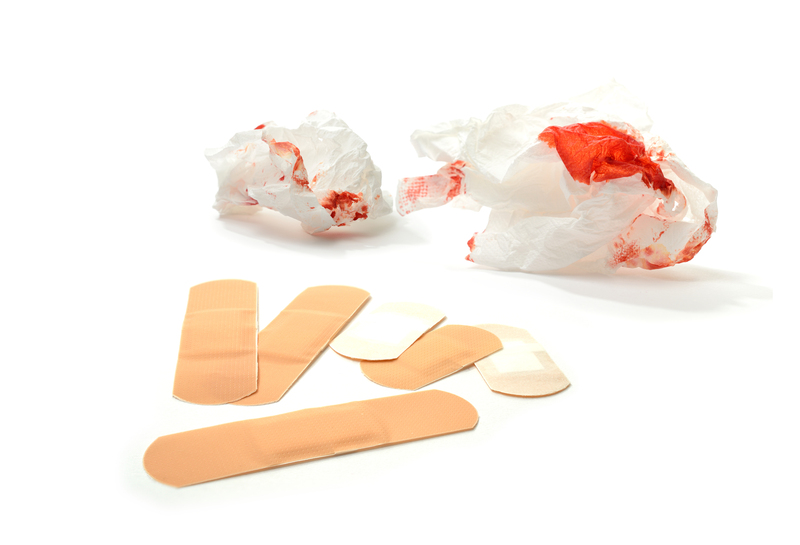Say Goodbye to Hard Water Troubles in Your Toilet
Posted on 17/10/2025
If you have ever experienced the frustration of trying to clean your toilet only to find stubborn mineral deposits and stains, you are not alone. Hard water can wreak havoc on your toilet, leaving behind unsightly marks and reducing its functionality. But fear not, there are solutions to this common problem. In this article, we will explore the causes of hard water troubles in your toilet and provide practical tips on how to say goodbye to them for good.
What is Hard Water?
Hard water is water that contains high levels of minerals such as calcium, magnesium, and iron. These minerals are picked up from rocks and soil as the water travels through the ground and into our homes. While these minerals are not harmful to our health, they can leave behind visible residue and cause build-up in pipes and appliances.

The Effects of Hard Water on Your Toilet
When hard water comes into contact with the surface of your toilet bowl or tank, it can leave behind a white or brownish scale known as limescale. This mineral deposit can make it difficult to keep your toilet clean and may even cause clogs if left untreated. Over time, the build-up can also damage the internal components of your toilet, leading to costly repairs or replacements.
The Solution: Water Softening
The most effective way to say goodbye to hard water troubles in your toilet is by installing a water softener. This device works by removing the excess minerals from the water before it reaches your plumbing system. It not only prevents limescale from forming but also helps extend the lifespan of your toilet.
Water softeners come in different types and sizes, so it's important to choose one that suits your household's needs. Some popular options include salt-based ion exchange softeners, salt-free conditioners, reverse osmosis systems, and magnetic or electronic descalers. Consult with a professional to determine the best option for your home.
Preventative Measures
In addition to installing a water softener, there are other steps you can take to minimize hard water troubles in your toilet. Regularly cleaning your toilet with a mixture of vinegar and water can help remove any existing limescale build-up. Investing in a high-quality toilet bowl cleaner specifically designed for hard water stains is also recommended.
Another preventative measure is to install a bidet attachment. Not only is it a more hygienic and eco-friendly option for personal hygiene, but it also helps reduce the amount of mineral deposits left behind on your toilet.
The Pros and Cons of Water Softening
Pros:
1. Eliminates limescale build-up
2. Extends the life of your toilet
3. Improves the effectiveness of cleaning products
4. Saves money on plumbing repairs and replacements
5. Provides healthier and better-tasting water.
Cons:
1. Initial installation cost
2. Ongoing maintenance costs
3. The need to regularly replace salt in some systems
4. Salt-based systems may not be suitable for people on low-sodium diets.

Takeaways
- Hard water can cause visible residue and damage to your toilet.
- A water softener is the most effective solution for eliminating hard water troubles.
- Regular cleaning and using a bidet attachment can help prevent mineral build-up.
- Consider the pros and cons before choosing a water softening system.
In Conclusion
Don't let hard water troubles in your toilet become an ongoing battle. By investing in a water softener and practicing preventative measures, you can say goodbye to limescale and enjoy a clean, functional toilet for years to come. Remember to research different softening options, consult with professionals, and maintain your system regularly for optimal results. Don't let hard water put a damper on your toilet cleaning routine any longer - take action now and enjoy the benefits of soft, mineral-free water.






